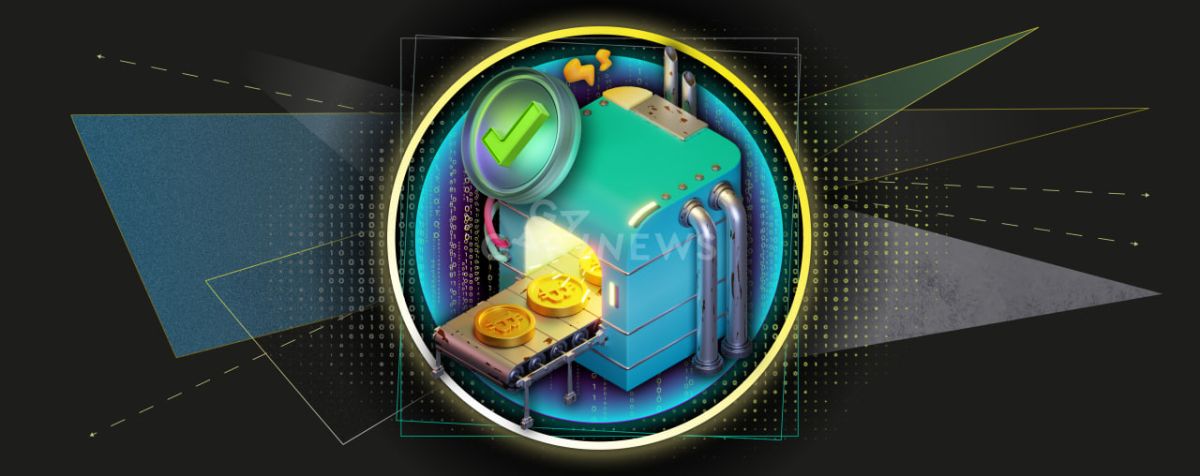Why hash rate matters

What is has hrate, and what does it tell us? The hash rate is one of the main indicators affecting the cryptocurrency market. The network’s security, the miners’ profit, and, possibly, even the cost of the crypto itself are “tied” to it.
On this page
Hashrate: what is it?
The term “hash rate” has two meanings:
- The computing power of equipment for cryptocurrency mining. Accordingly, the higher the hash rate, the more powerful the mining device is.
- The total computing power of the cryptocurrency network. For example, on January 4, 2023, the Bitcoin network hash rate was 261.88 million, down 4.51% from the previous day and up 55.03% from January 4 last year.
In other words, the hash rate shows how many computing operations per second a separate mining machine or the entire crypto network performs. With the help of these calculations, the miners are looking for a solution to the blockchain cryptographic problem. The hash is an attempt to find the right answer. A guess in the form of a randomly generated code of letters and numbers.
The process of finding a hash is called hashing. Each attempt to find the correct code is recorded. The number of such guesses made within 1 second is called the hash rate. Obviously, the higher the hash rate, the faster the solution to the problem will be found.
How is hash rate calculated?
As we said, the hash rate is measured in hashes per second (H/s). In May 2011, Bitcoin's hash rate reached 1 trillion hashes per second (1 TH/s) for the first time. Since then, this figure has grown steadily, and by the beginning of 2023 approached 275 billion TH/s.
Bitcoin hashrate in retrospective
Source: Nasdaq Data Link
The growing dynamics of the hash rate is well illustrated by the constant increase in the complexity of mining equipment. The first miners mined bitcoin with ordinary home computers. But by 2011, PC processors had exhausted their power potential. GPU mining farms went into business. After about 2 years, crypto mining has matured as an industry, and specific machines, ASIC miners, entered the market.
Information about the hash rate of a particular piece of equipment makes it possible to calculate the potential profit from mining over a certain period. But keep in mind that as the network hash rate increases, the competition between miners grows, and the mining process becomes much more complex and expensive. If the network hash rate increases while the miner's hash rate remains unchanged, their profit will inevitably fall.
Why is hash rate important?
A high hash rate is an important indicator for a crypto investor. First, it testifies to the safety of the investments: the higher the hash rate, the more branched and developed the crypto network. This means that the likelihood of a hacker attack on it is sharply reduced. To be successful, hackers need to gain control of 51% of all mining power. Given a high hash rate, such a task becomes almost unsolvable – too expensive and technically challenging.
In addition, changes in the hash rate often correlate with the cryptocurrency's price. When the price of Bitcoin goes up, the hash rate increases. It happens because many miners join the network hoping to make additional profits. There is also an inverse relationship – at a low price, the cost of mining increases, and the profitability of miners decreases. As a result, they cease mining crypto, so the network hash rate will inevitably fall.
The content on The Coinomist is for informational purposes only and should not be interpreted as financial advice. While we strive to provide accurate and up-to-date information, we do not guarantee the accuracy, completeness, or reliability of any content. Neither we accept liability for any errors or omissions in the information provided or for any financial losses incurred as a result of relying on this information. Actions based on this content are at your own risk. Always do your own research and consult a professional. See our Terms, Privacy Policy, and Disclaimers for more details.



























